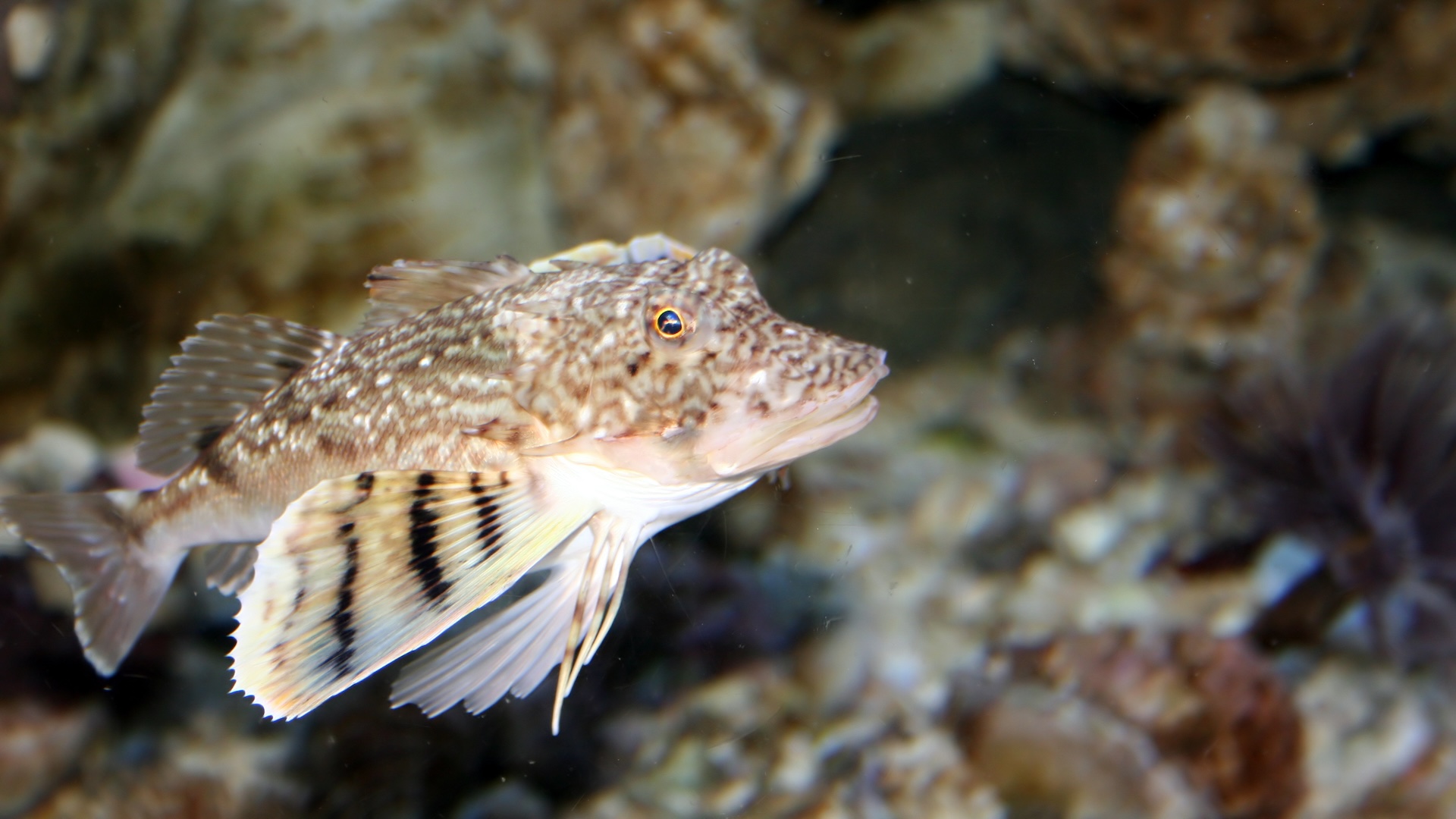Animals, Vol. 13, Pages 1853: Comparison of Three Different Diagnostic Assays for Fibroblast Growth Factor-23 (FGF-23) Measurements in Cats: A Pilot Study
Animals doi: 10.3390/ani13111853
Authors: Sandra Lapsina Nicole Nagler Simon F. Müller Annette Holtdirk Tanja Kottmann Elisabeth Müller Jennifer von Luckner Ingo Schäfer
Fibroblast growth factor-23 (FGF-23) is a phosphaturic hormone used to monitor chronic kidney disease (CKD) in humans. The aim of this pilot study was to compare three diagnostic assays and to assess how the results correlate with parameters of renal dysfunction in cats. Four groups of 10 cats each were formed retrospectively according to creatinine, based on IRIS staging. FGF-23 was measured using two different ELISAs (MyBioSource and Kainos ELISA FGF-23 Kit) and an automated assay on the DiaSorin Liaison platform. Measurements were performed in 40 cats. Spearman’s rank correlation coefficient showed a strong correlation between the Kainos and DiaSorin assays (ρ = 0.742/p < 0.001) and a low correlation (ρ = 0.443/p = 0.005) between the Kainos and MyBioSource assays. The measurements with the Kainos assay strongly correlated with urea (ρ = 0.835/p < 0.001) and creatinine (ρ = 0.764/p < 0.001), and moderately correlated with SDMA (ρ = 0.580/p < 0.001) and phosphorus (ρ = 0.532/p < 0.001). The results of the MyBioSource and DiaSorin assays only showed a moderate correlation with urea (ρ = 0.624/0.572) and creatinine (ρ = 0.622/0.510) concentrations (p = 0.001 each). The Kainos assay showed the strongest correlation (ρ = 0.806) with the various creatinine concentrations according to the IRIS, followed by the MyBioSource (ρ = 0.663/p < 0.001) and DiaSorin assays (ρ = 0.580/p < 0.001). Overall, the Kainos assay demonstrated the best correlations with both biomarkers and various creatinine concentrations according to the IRIS. Individual assay-based reference values should be established to make a reliable interpretation of FGF-23 levels possible to diagnose or monitor feline CKD.

 1 year ago
32
1 year ago
32


